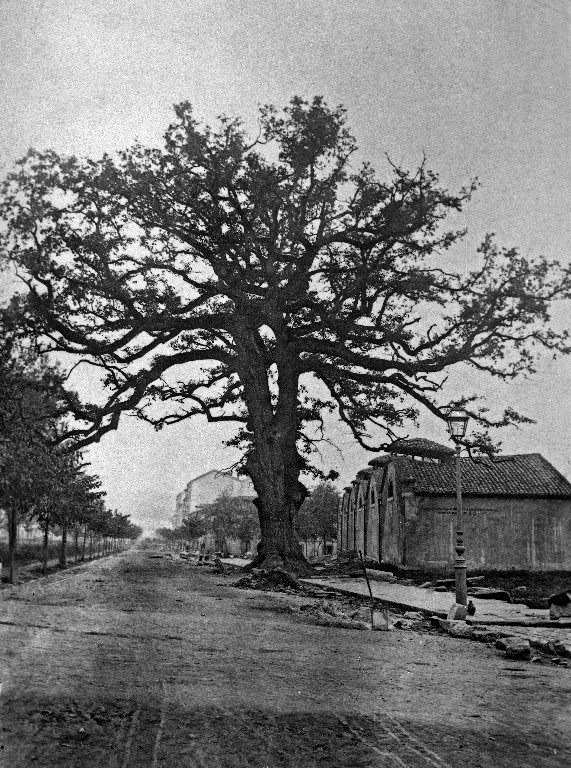The city
THE CITY
The city of Oviedo was founded in 761 on a hill located at a crossroads. One road ran north to south over the Pajares Mountain Pass connecting Leon and Lucus Asturum, present-day Lugo de Llanera. The other road ran west, in the direction of Galicia. The hill, which was called Ovetao or Oveto, was occupied by two monks called Maximo and Fromestano, who built a monastery dedicated to St. Vincent - a plaque recalls this location.
The city began to grow in this area, forming a circle with several gateways that is known as “the Round Oviedo” (el Oviedo redondo). Since 2012, Oviedo has been divided into districts to facilitate its decentralised management.
The main street in the city is Uría Street. A plaque on this street recalls the exact point where El Carbayón was located, the centennial oak tree that was controversially felled in 1879. Since then, the people of Oviedo are popularly known as “carbayones and carbayonas”. A piece of the trunk of El Carbayón has been preserved in the Town Hall.

(Image of El Carbayón) DIEGO TERRERO, El Carbayón, c. 1879. Oviedo Municipal Archive
Carbayones (trees, cakes…neighbours)
The people of Oviedo are known as “carbayones”, an unofficial name that refers to a large oak tree (“carbayo” in Asturian) that once existed in the lower part of Campo San Francisco Park. The felling of the tree, in 1879, caused an intense political and social debate and was justified by the need to open a new central street in the city that led to the train station, Uría Street. A bronze plaque now marks the site where the tree once stood. Part of the trunk is kept in an urn in the Town Hall.
In addition to referring to the inhabitants of Oviedo, “carbayones” are also the most typical cakes of Oviedo: almond paste in puff pastry bathed with egg yolk cream and sugar.
